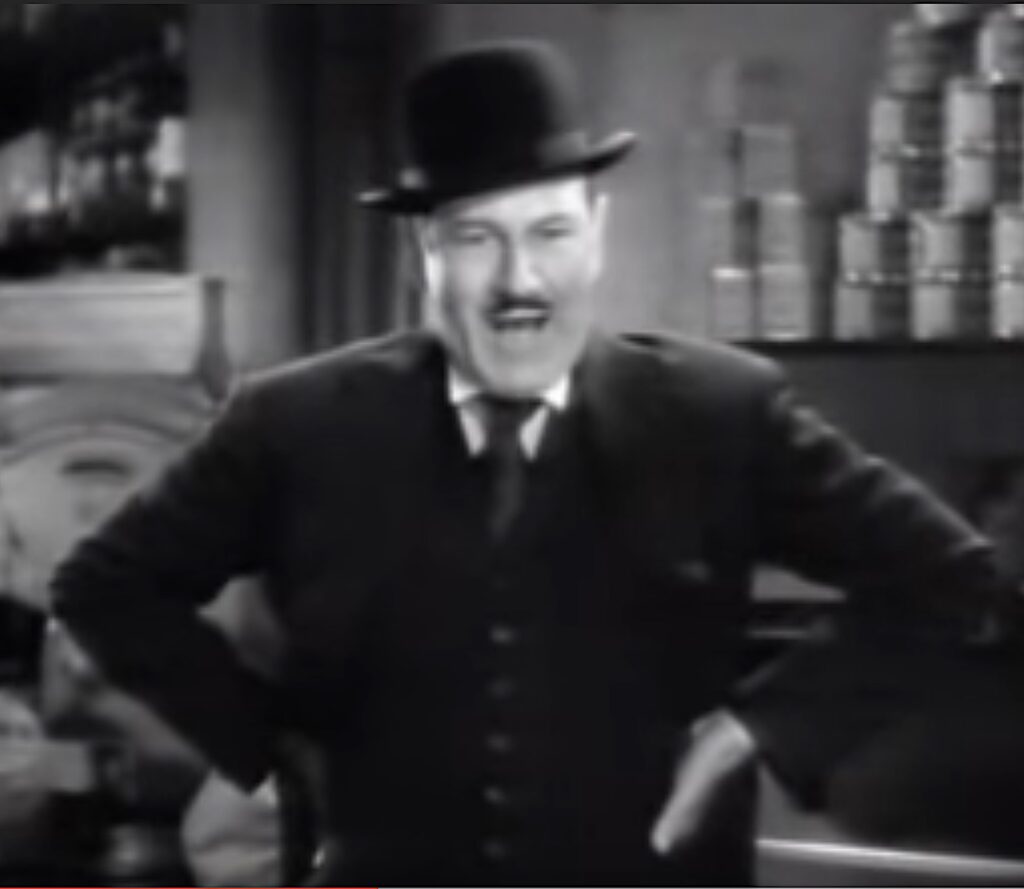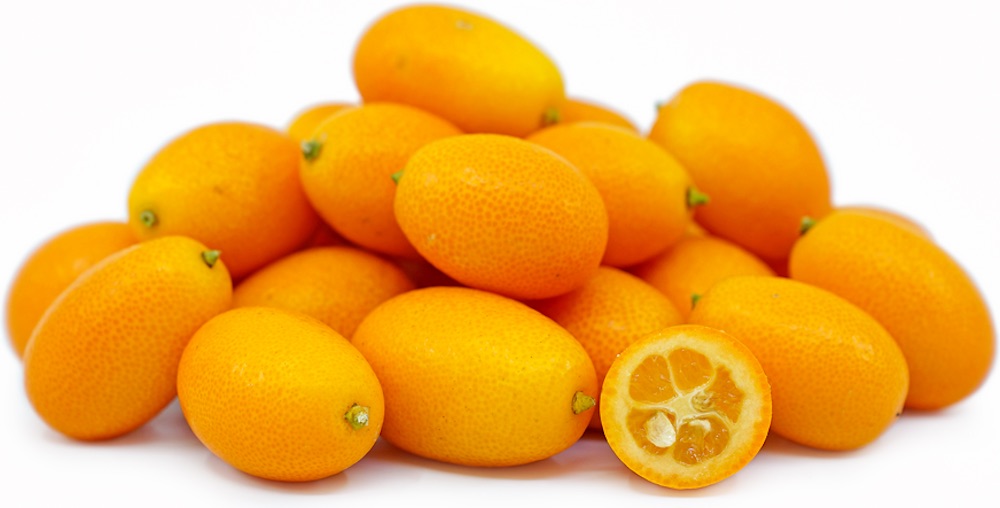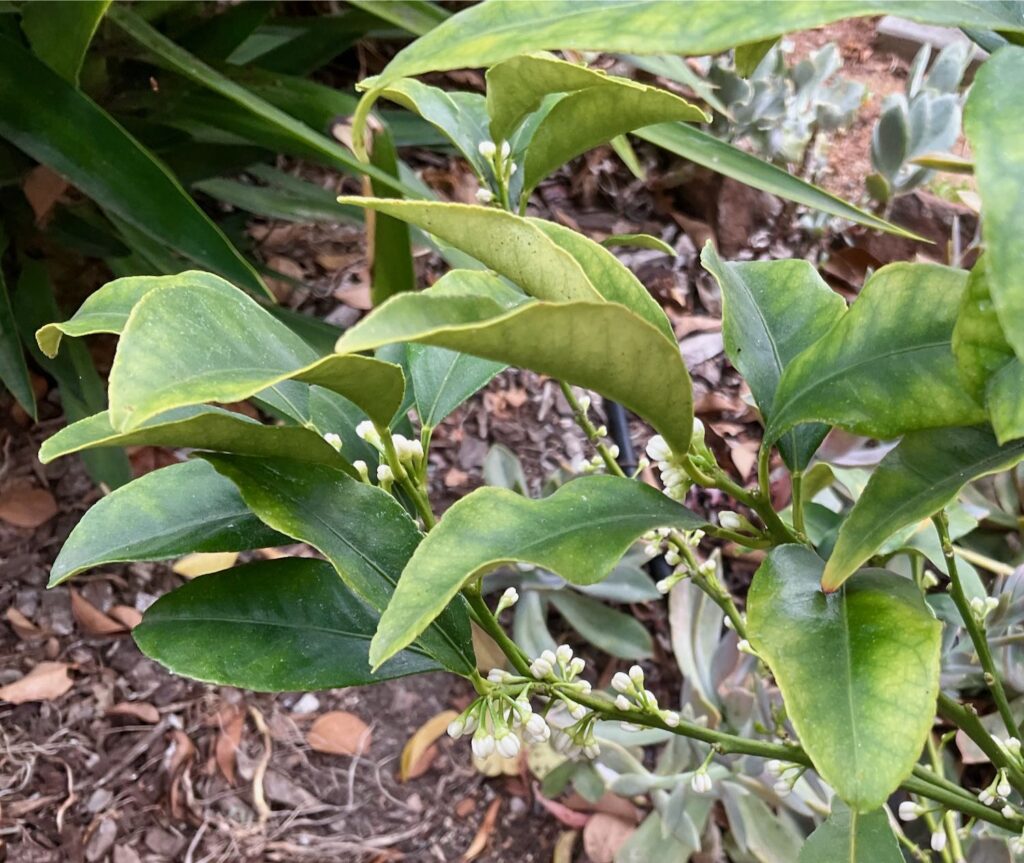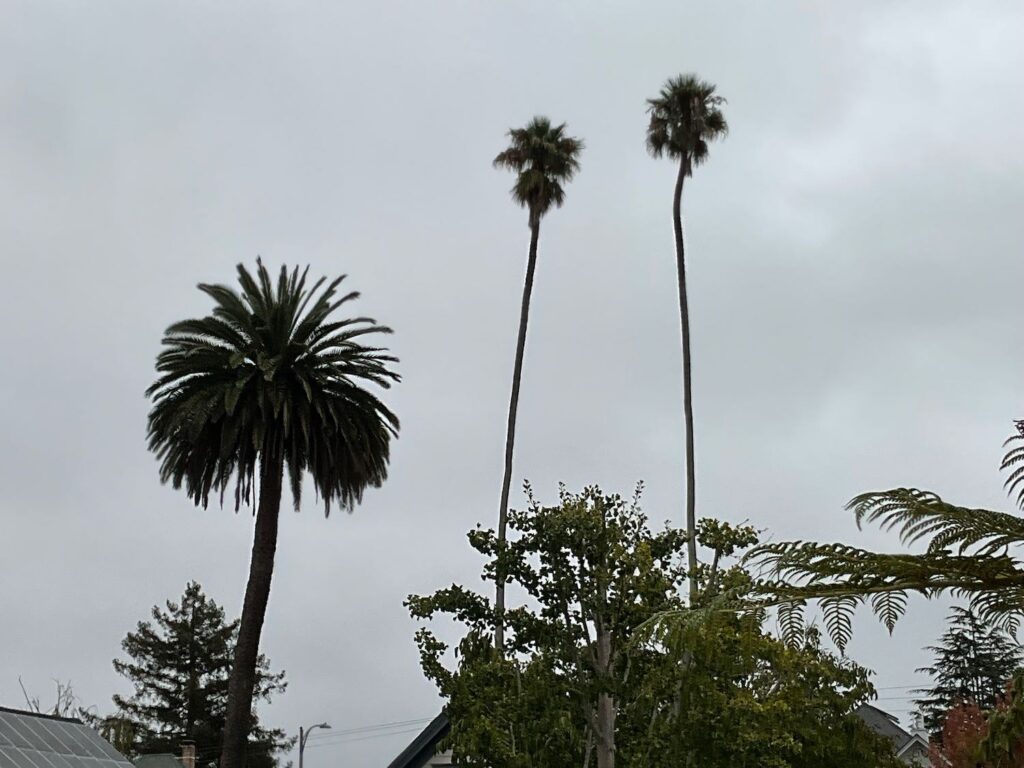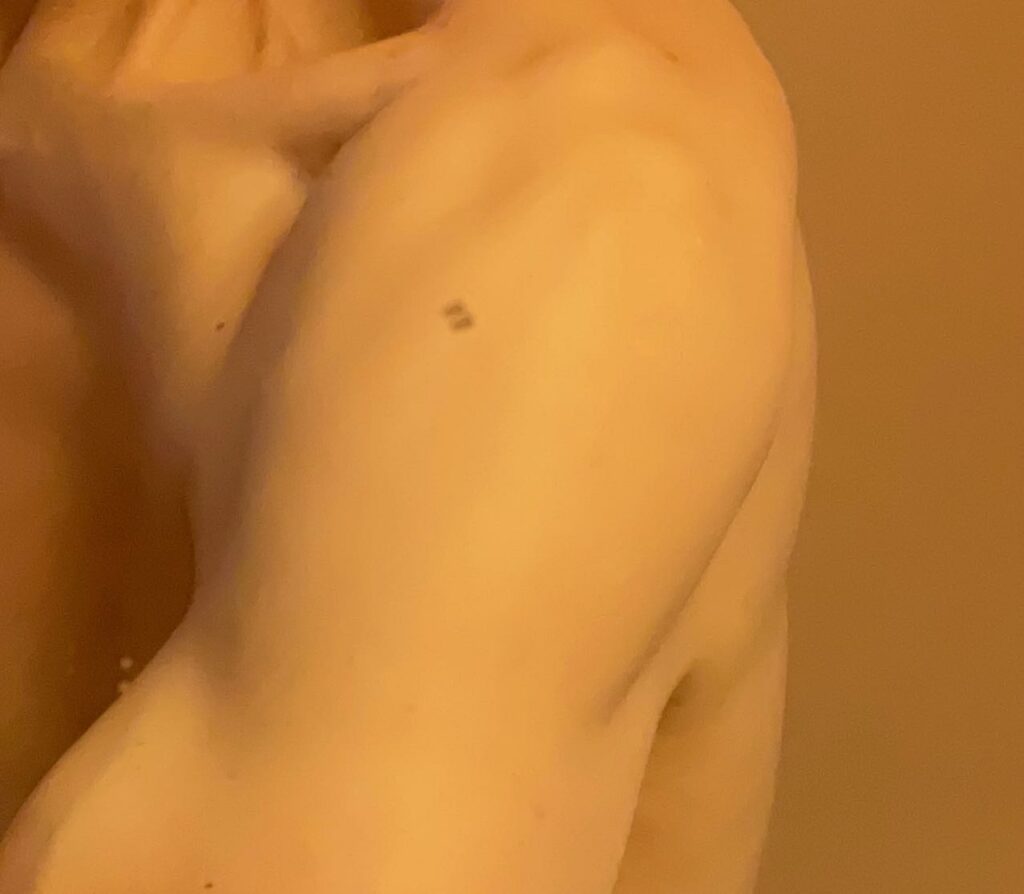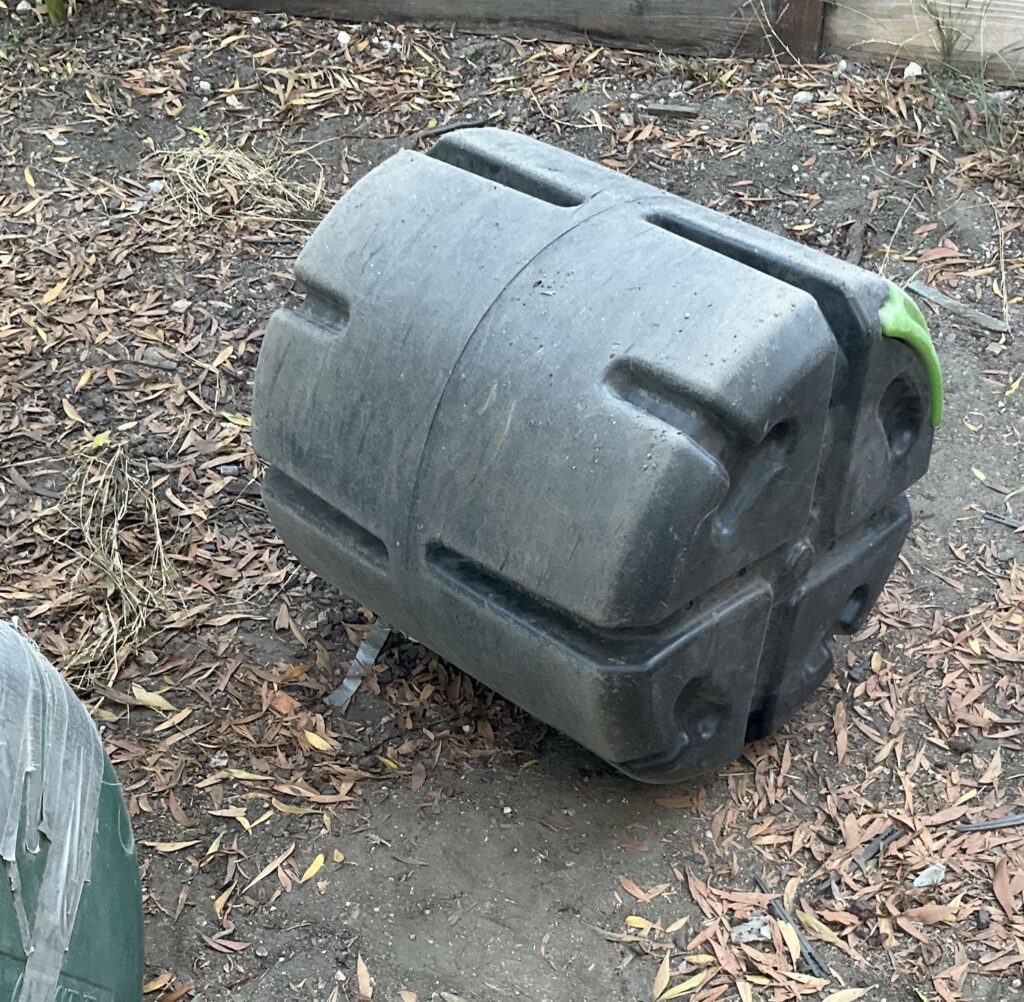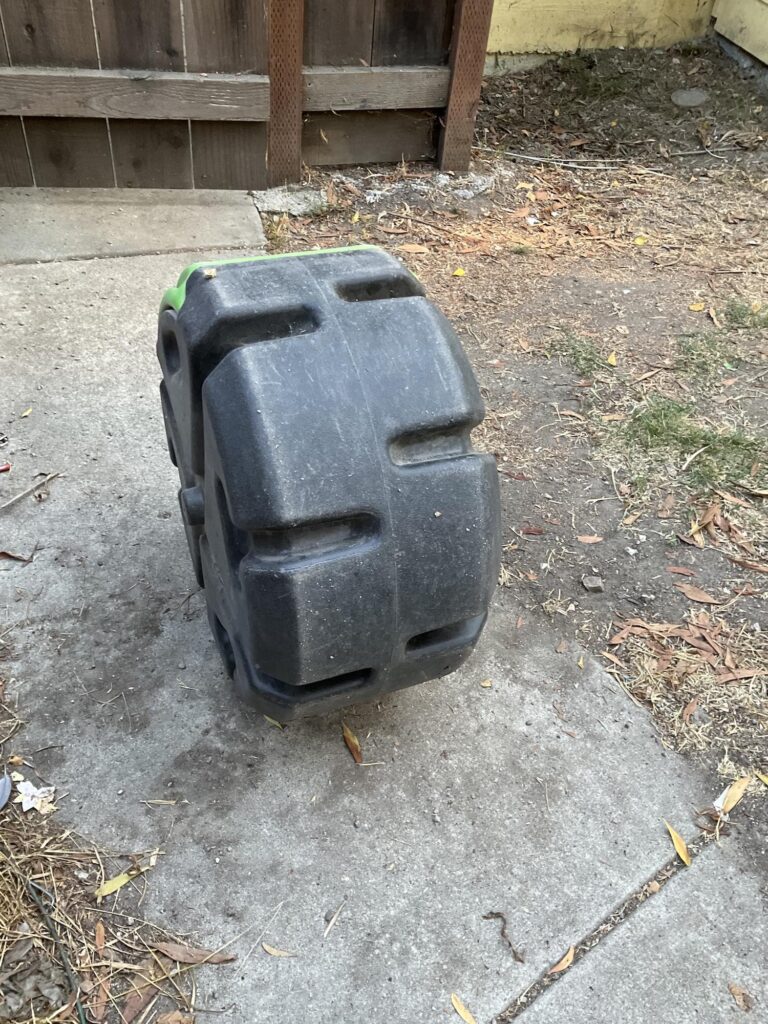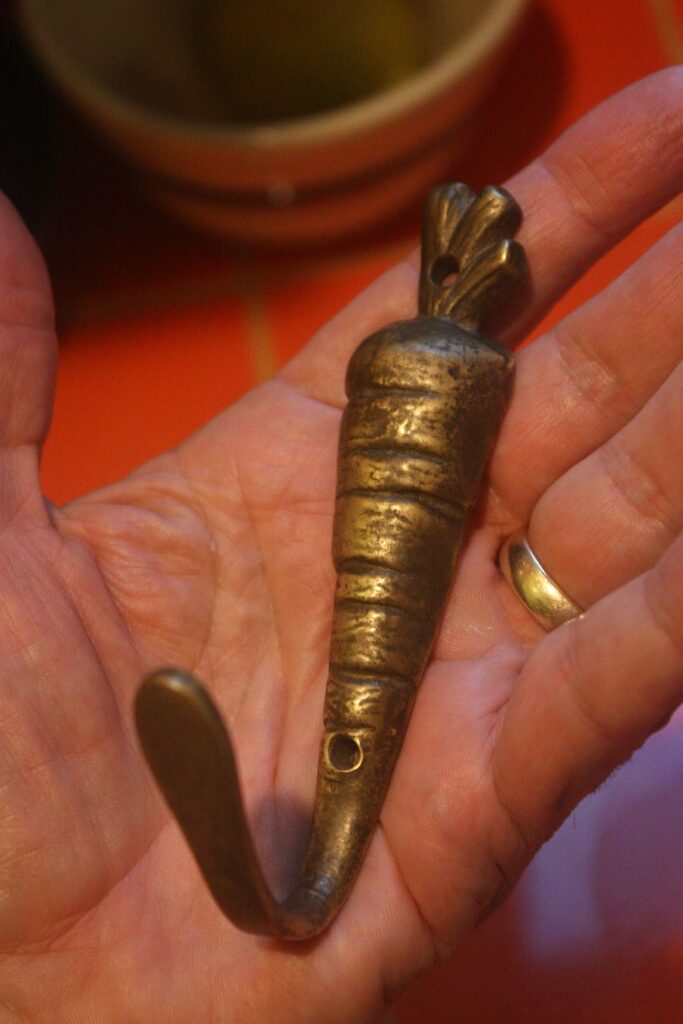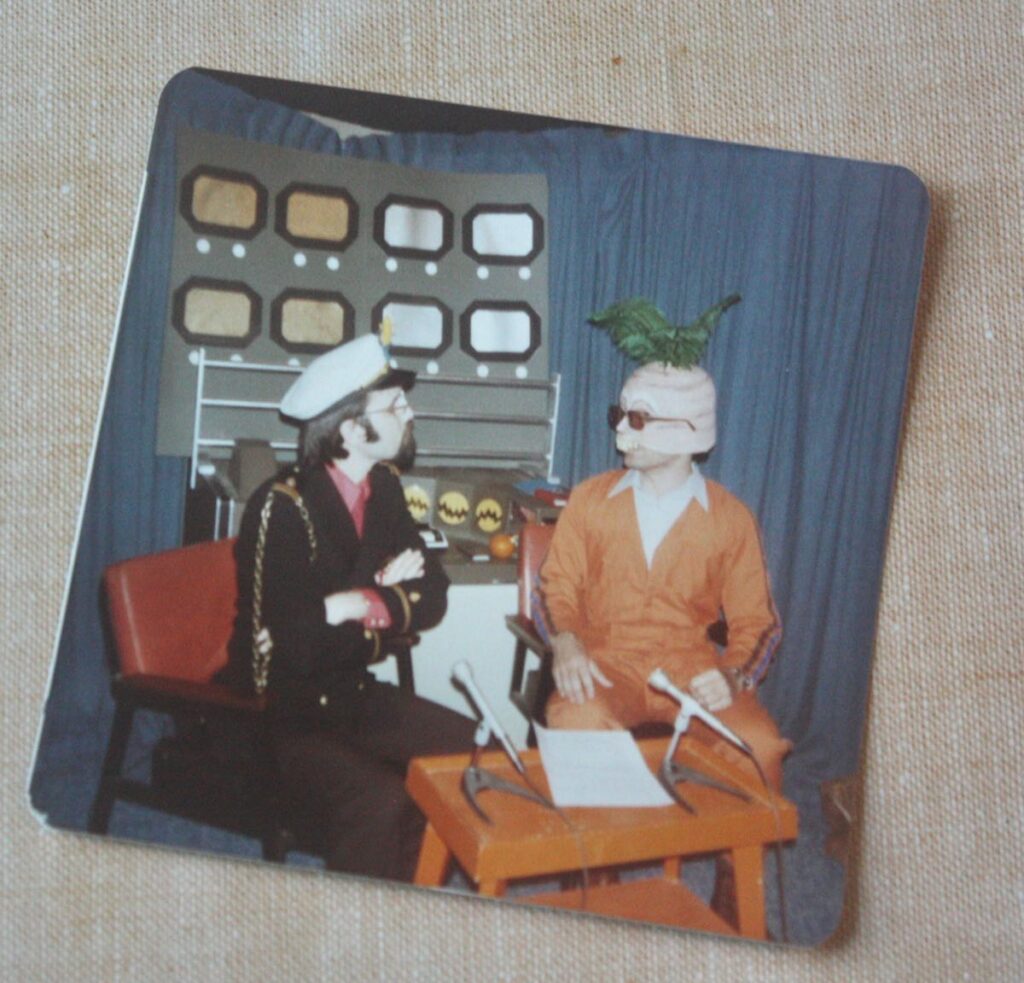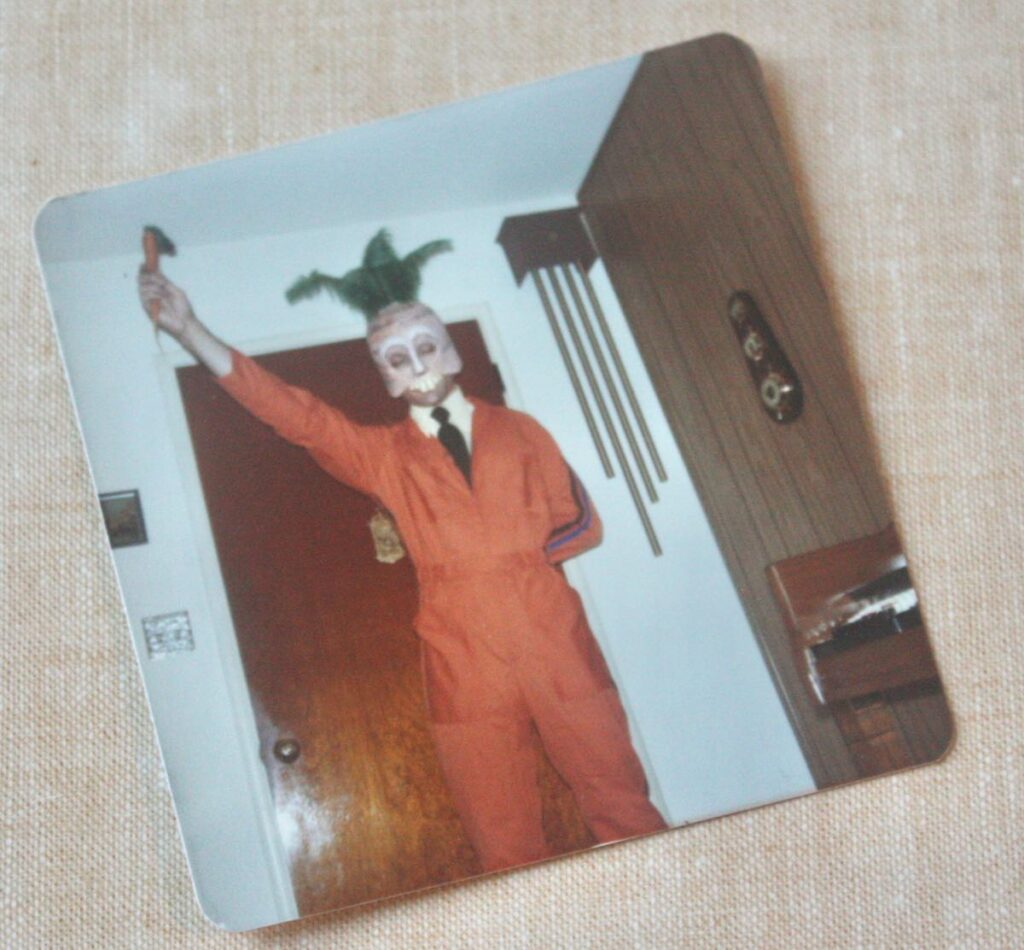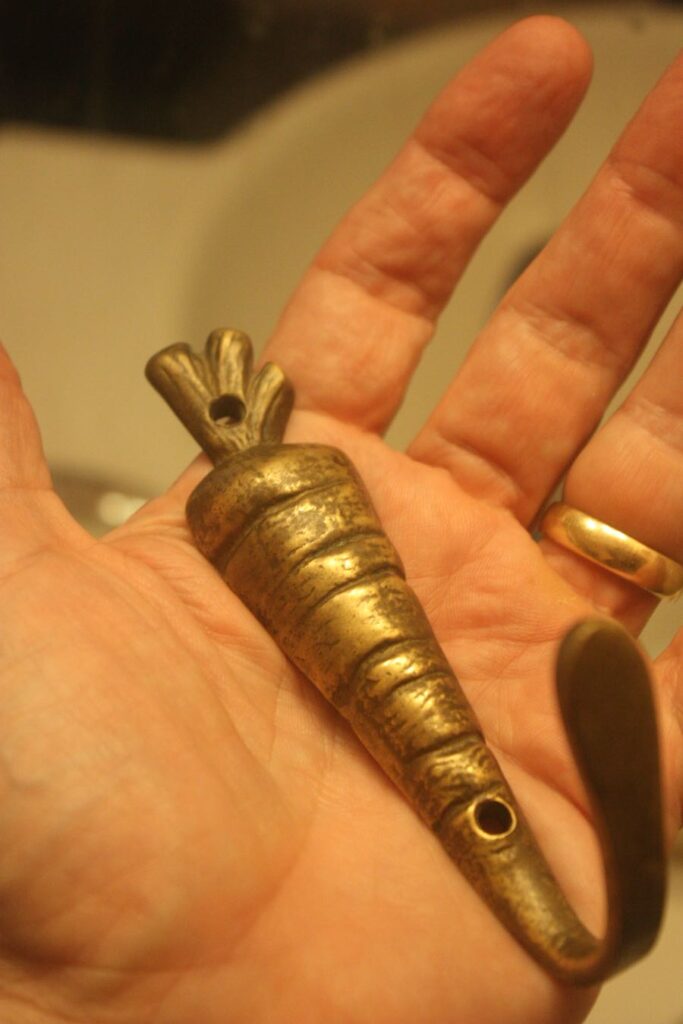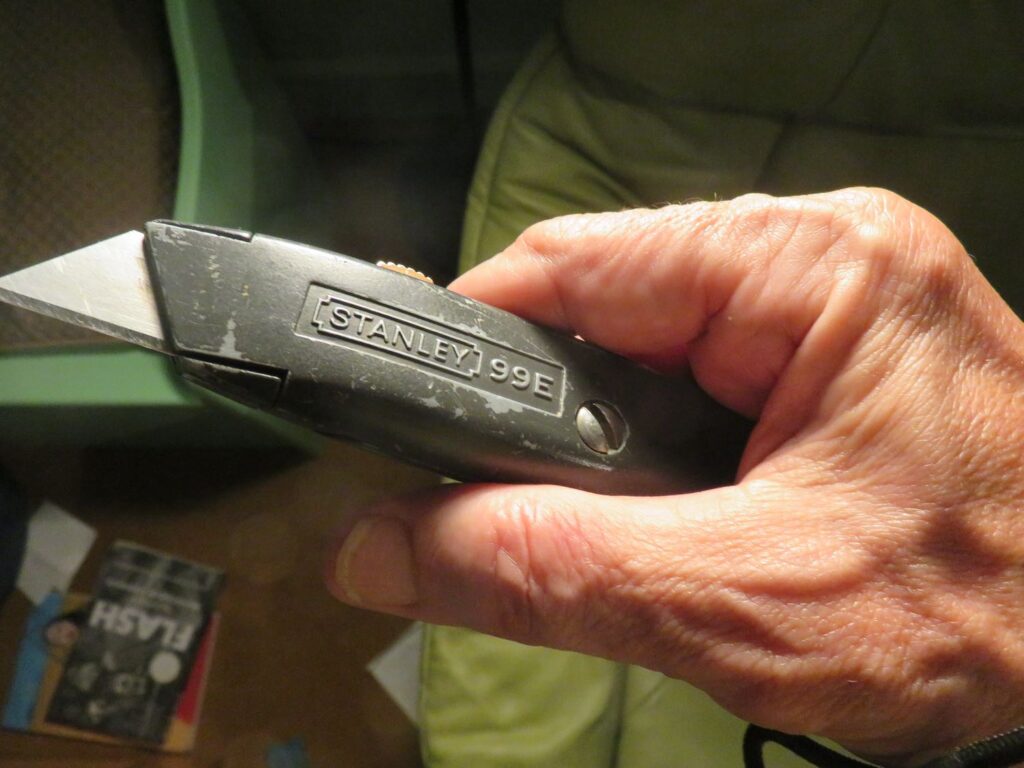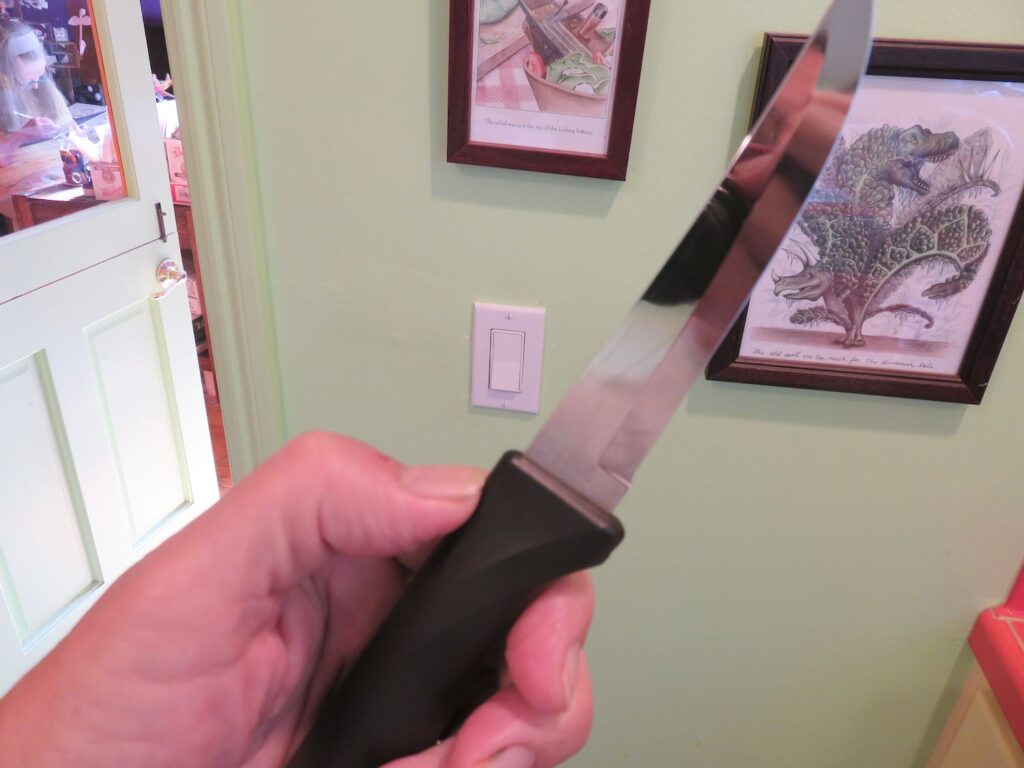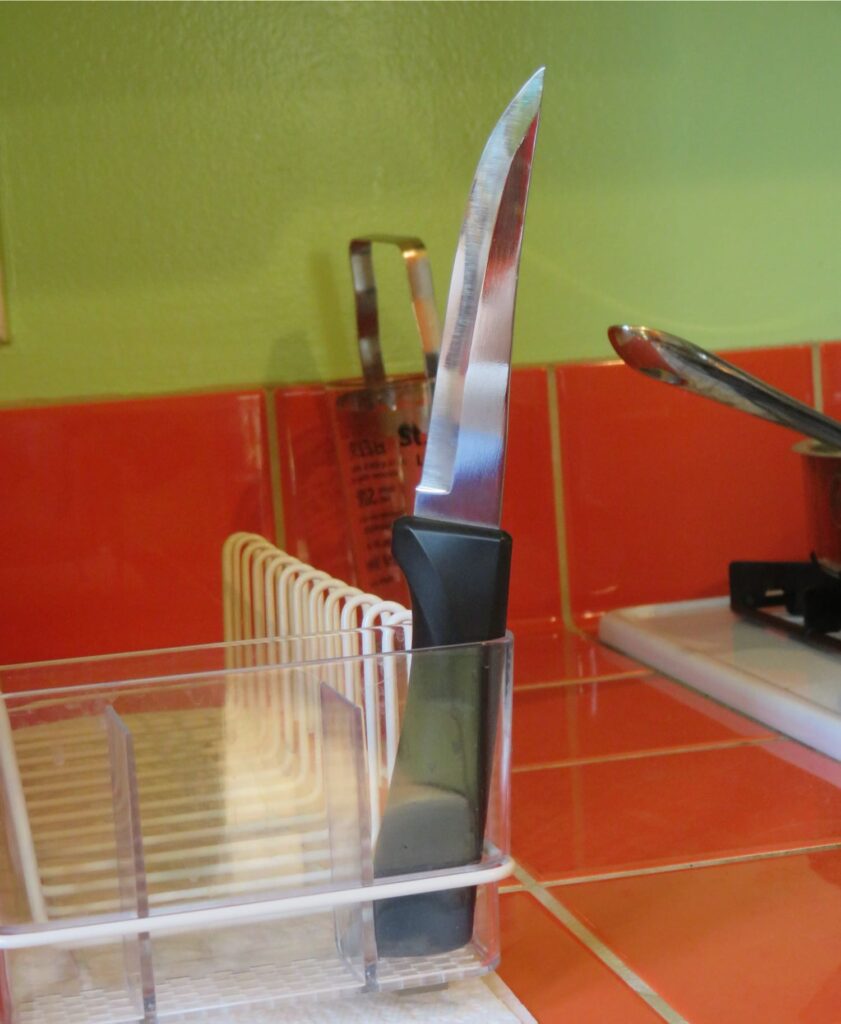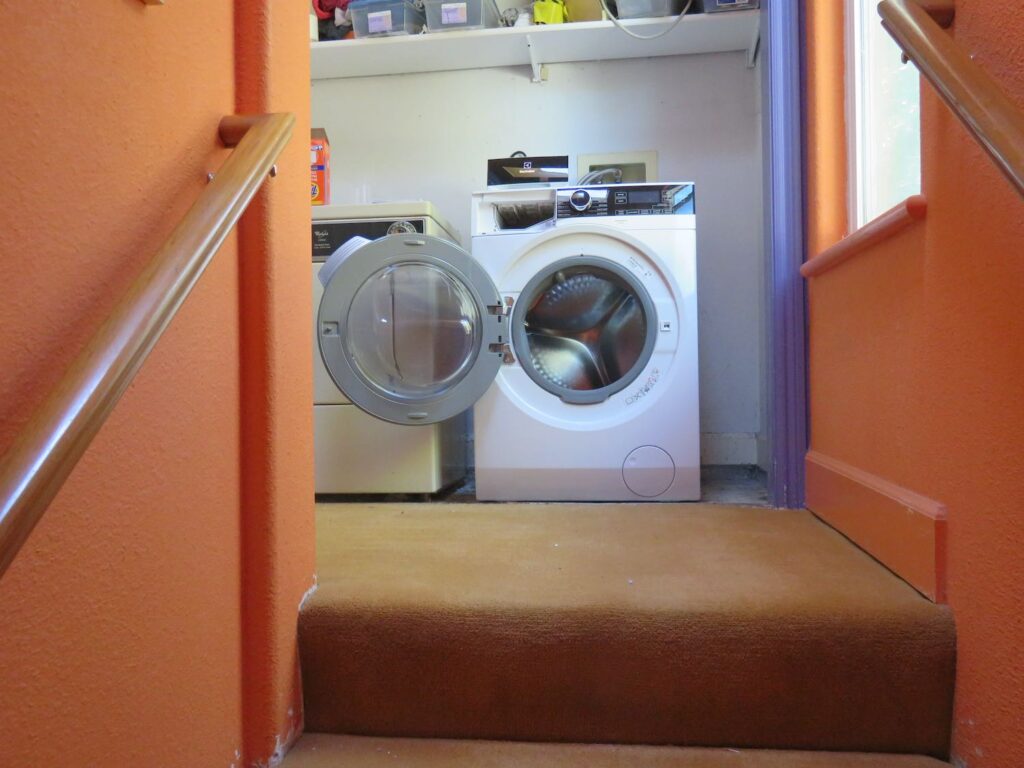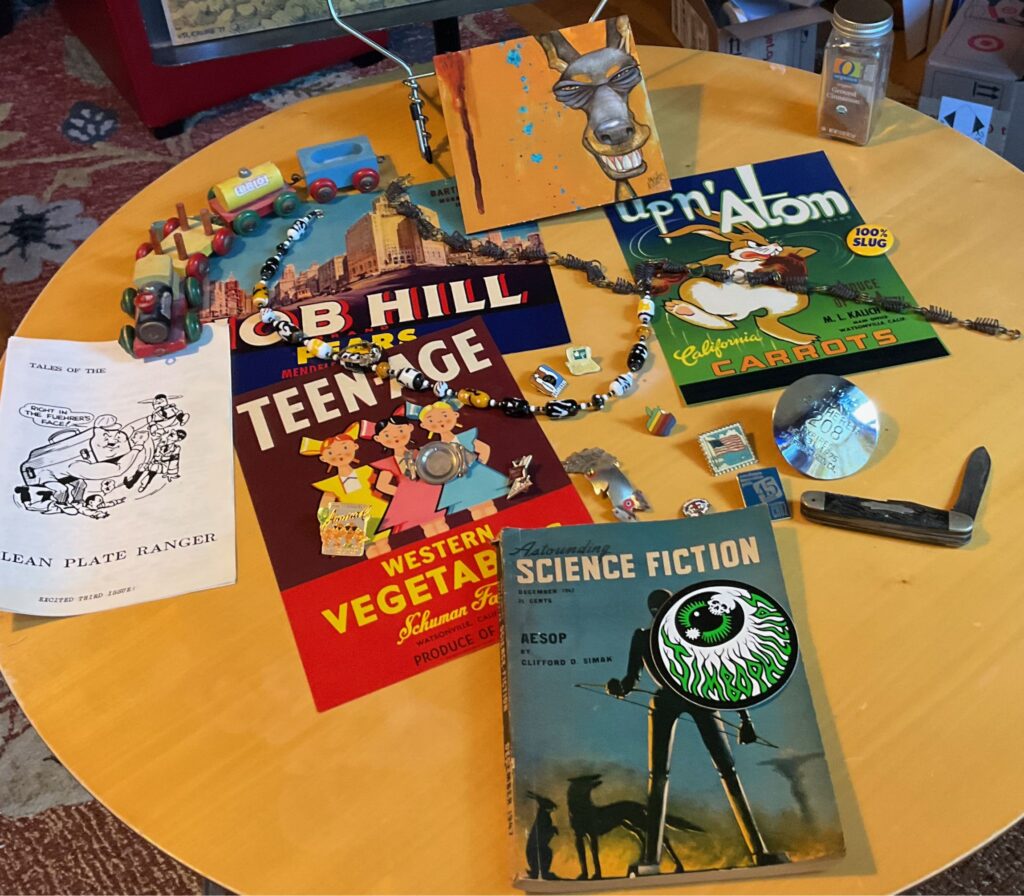
I’m old. I lecture about being old on social media. My audience consists of younger people who have little idea of what the world was like before the Internet, before social media, or even before smart phones.
It’s fun. It’s a mission. And it’s part of my collection.
I collect many things, mostly tangible objects. But experiences — things no longer tangible — are the most valuable of my collectibles. And believe me, answering these questions is an experience.
Today’s younger folks seem to suffer from FOMO: “fear of missing out.” They worry that life will pass quick as lightning to leave them withered and old 50 years on with no clue as to where the time went. (They worry about a lot of things.)
Will youth fly away so quickly? They want to know. The answers that they get from other old people on our forum also worry them:
“Oh yeah, don’t know where the years went.” “Weeks go by in the blink of an eye.” “I have no idea what I did last year.”
Such talk does not make young people happy. And it’s wrong.
You can’t remember what happened last year because your mind doesn’t file memories chronologically. It files them by subject. And it groups together memories of one particular subject across all times. Like items grouped in a collection, not like a daybook.
I know about that. The true joy of a collection are those times when you spread it out before you. The individual items gleam with color and meaning, whether they be old pulp magazines with rockets ‘cross the disc of Jupiter, or handmade jewelry from a time and a place, or ancient t-shirts commemorating events long gone, or enamel pins from bowling alleys that long ago rolled down the gutter.
You want to scoop them up and hold them. I laid out a few of them in the pic at the top of this article.
And you can scoop them up. From the table, or a photo album, or from your mind. And one thing leads to another.
Look at the picture. Find the gold pin in the shape of a strange, bulgy laptop. That’s an eMate 300, the first laptop computer with a touchscreen. Made by Apple in 1998 (yes, really) with the Newton OS. It was aimed at the educational market, and came with built-in word processing, draw, database, Internet connectivity, and more. And a stylus. Solid-state storage, no plug, ran on battery. Does it sound like tomorrow? From 1998? Yes it does.
I bought it because I was writing manuals for Windows servers and had endless interviews with middle-aged engineers at their desks, or whever I could find them. I needed something quick to take notes on and also draw diagrams on. Legal-sized yellow notepads just weren’t cutting it.
This was in a massive, ugly complex of interconnected buildings that belonged to one of those old-school tech companies that people stayed t for decades (for the retirement benes) but couldn’t wait to escape.
You could get lost in the place. It was at least a half-mile from end to end, and the cube farms stretched on for acres. Blood-pressure stations stood in the middle of the floors where thick-bodied middle-aged engineers checked in to see how close they were to red-lining. Deadlines, deadlines, deadlines.
The server I wrote up was a massive useless beast that should never have been born save that it plugged a hole in the product line for the time being. After slaving six months on that manual I found out that they sold two of them. In fact, salesmen actively discouraged clients from buying it.
If in fact we all go to specialized heavens or hells when we die, some people are going to that vast, unhappy building to build useless servers for all eternity.
Oh well. I got paid, and well; I was a contractor and left those poor bastards behind when I’d had enough. All I missed was the rather good and cheap company cafeteria, which included a small gift shop where you could buy replica hand tools made of solid chocolate, and birthday cards for your wife in case you forgot — which you did.
Do you get it now? “Where did the time go?” you might ask old people like me? Into those memories, that’s where it went. Which are more precious even than that tiny gold pin that came with the eMate, though I love it.
I could rap for a page about any item in my photo. Each one of them is a story, or leads to one. Which leads to another.
Think of anything. A strip of lawn along the waterfront in the town where I grew up. I remember when it was a red light district for the navy yard across the water: gambling, girls, pinball, booze. My parents drove us through the district on the night before it all closed down for good for redevelopment. Wrecking balls hung at the ready from big cranes while the dives and arcades squeezed a few last bucks from the sailors.
A few years later I’m standing on that same land, now a grassy park. I’m watching the navy yard launch its latest nuclear submarine. The sky explodes with sound as a flight of F105 Thunderchiefs break the sound barrier 200 feet over our heads. Second-loudest sound I ever heard.
A few years later, post-college, I’m sitting in a waterfront dive at one end of the park eating shrimp in butter sauce and watching a ceremony of some sort on the deck of an old-looking submarine out in the middle of the chanel. Turns out it’s the Sea Wolf, the first nuclear submarine ever, and we’re watching the decommissioning ceremony.
Later that night I find out that the father of one of the guys sitting with me was the machinist who did the first refit on the Sea Wolf’s nuclear reactor, bundled up in a rad suit. The Old Man (his true name) told me all about it, including a bunch of other stuff about that refit that’s better suited for snopes.com.
And that leads to other memories of doing public access television in a carrot suit with that guy’s son, and… you get the idea.
It’s not like my life is crazy special. It’s not. But really everybody’s life is special, if they bother to remember. Thing is, if you ask me, “what were you up to in June of 1994,” I couldn’t tell you too much. But if you ask me what it was like to work in Silicon Valley during the dotcom era, I could tell you a ton.
And if you asked me what I did last week, I couldn’t remember and the answer is probably “not much.” I’m still laying low from COVID — going on three years. But I spend time every day helping the young and stomping trolls on social media forums I moderate and I could tell you stories.
“I could tell you stories.” See? Even in the quiet times, real memories are made. I can’t tell you exactly when, but I spent months of Covid researching the history of the Hawaiian shirt for one of my odd websites and came to understand in the 18th century, Spanish galleons full of Filipinos wearing early versions of the Hawaiian shirt came drifting down the coast of California five miles from my house! Because the Hawaiian shirt wasn’t invented in Hawaii. Boy, that project was a trip. And I didn’t even leave the yard.
Trapped in my house, I spent a couple of months firing off emails to reference librarians and others trying to find out if Albert Einstein ever visited this area — because I found a tourist tee that hinted that he had. The final answer was — no, he hadn’t. But it really was a story that people believed: a garbled version of something that really happened, somewhere else. Wrote that one up, too. Walked away with huge respect for reference librarians, tapping answers to my question over email and ransacking old files for me in the history rooms of shuttered libraries.
So much for not making memories in old age. The engaged mind constantly makes memories: putting them aside and collating them into greater memories that come from many days and times. Yeah, I already said that. I’m saying it again.
Abandon the calendar. Focus on any particular memory and think about all the things linked to it, and linked to them. They’re precious items in your collection, and you’re still making more of them: a vast and glowing collection of recollection that, sad or happy or despondent or enthralled, is a treasure that would take you months to catalog? How can it even all fit in your head?
Does life pass like the wind? Then how did you make all that? And is it really important that you don’t remember what you ate for breakfast last Tuesday? Was it even important last Tuesday?

